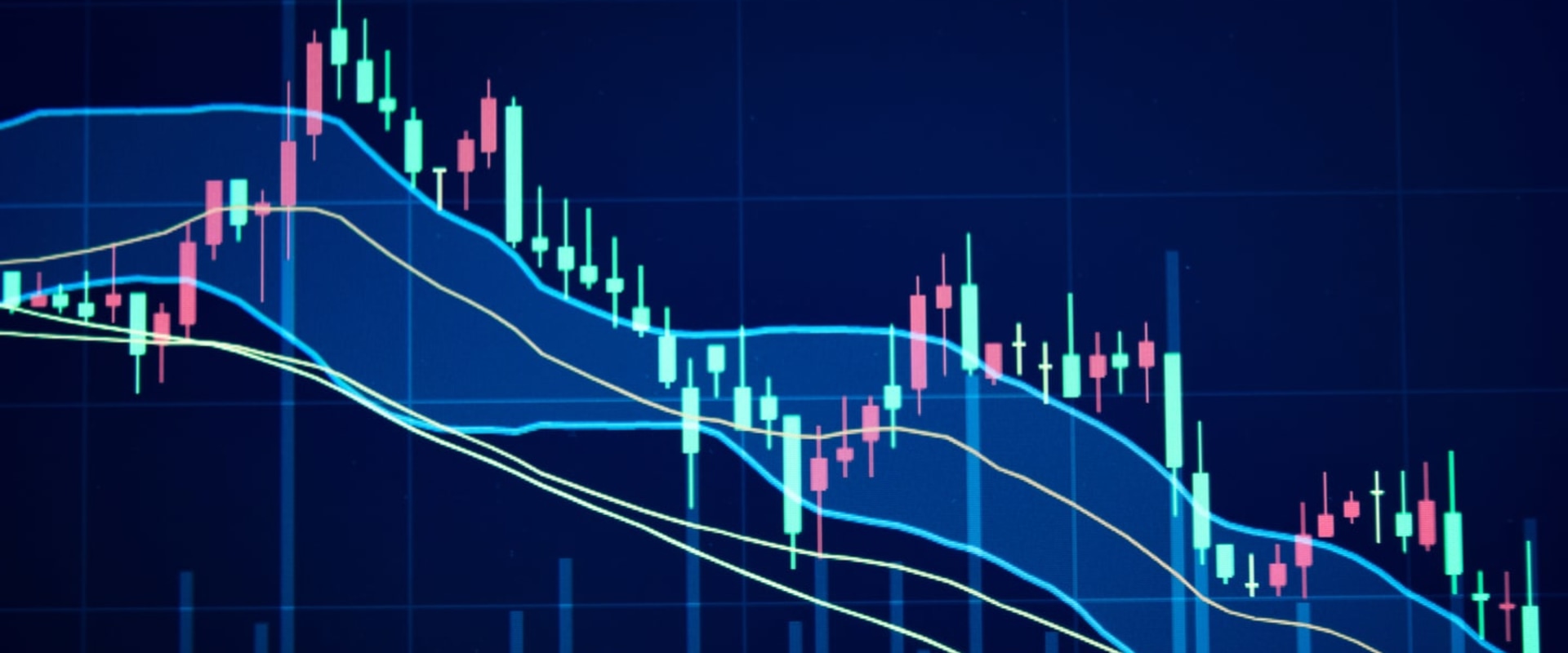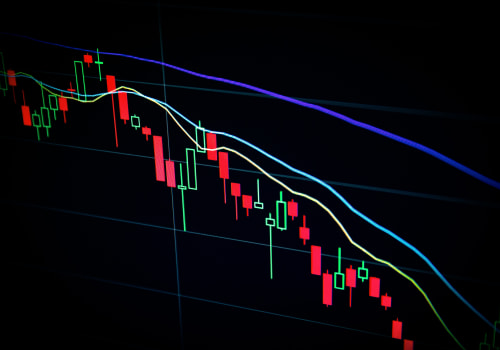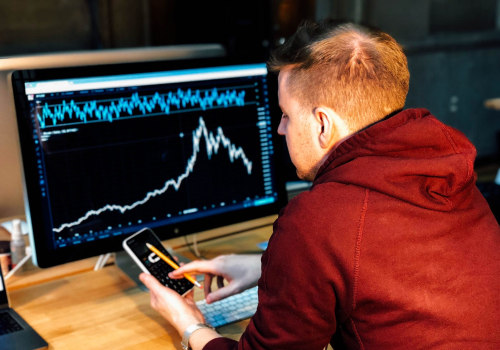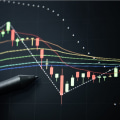Trading in the Forex market can be a lucrative endeavor, with the potential for high returns. But before you enter the market, it's important to understand the basics of how to place a trade and the different trading strategies available. This tutorial will provide you with a comprehensive guide to placing trades in the Forex market, so that you can start trading with confidence. We'll cover the different types of orders available to you, how to use them effectively, and some of the most popular trading strategies you can use.
You'll also learn how to interpret price movements in the Forex market and use technical analysis tools to develop effective trading strategies. By the end of this tutorial, you'll have a full understanding of how to place trades in the Forex market and be well-equipped to make money with your trading decisions. Trading in the Forex market can be daunting for beginners, but understanding the basics of how to place a trade is essential for success. In this article, we'll explain the basics of placing a trade in the Forex market, including what you need to know and tips for successful trading. The first step in placing a trade is understanding the different types of orders available.
There are several types of orders: market orders, limit orders, stop-loss orders, and trailing stop orders. Each type of order has its own advantages and disadvantages, so it's important to understand which one is best for your trading strategy. Once you've decided which type of order you'd like to use, you can begin placing your trades. In most cases, you'll need to select the currency pair you want to trade and enter the amount you'd like to buy or sell.
You'll also need to set your stop-loss and take-profit levels, as well as choose a leverage level. It's also important to note that many brokers offer additional features such as automated trading and copy trading, which can help make your trading experience easier and more efficient. Once your order is placed, it's important to monitor your position closely. This means keeping an eye on the price movements and taking any necessary action if your position is not performing as expected. It's also important to remember that there are risks associated with trading in the Forex market, so it's important to have an understanding of these before you start trading.
There are some key tips for successful Forex trading that can help traders stay on track. Firstly, it's important to always use risk management when placing trades, setting stop-loss and take-profit levels that will limit your losses and protect your capital. Additionally, it's important to stay informed about news and events that could affect the markets, as well as understanding the different trading strategies available. Lastly, it's essential to practice good money management by setting realistic goals and limiting your losses. These are just some of the basics of placing a trade in the Forex market; however, there is much more to learn in order to become a successful trader.
Before entering the Forex market, traders should research brokers and platforms to find one that fits their needs, practice using demo accounts to gain experience with trading platforms, and understand different strategies for managing risk. Additionally, traders should take time to understand how different economic events can influence currency prices before deciding which currencies they would like to trade.
Placing Your Trade
Placing a trade in the Forex market can be a daunting task for beginners. However, understanding the basics of how to place a trade is essential to successfully trading in the Forex market. To start, you will need to select a currency pair and decide whether you want to buy or sell.You will also need to enter the amount of the currency pair that you are trading. Additionally, it is important to set stop-loss and take-profit levels to limit your risk and maximize your returns. Last but not least, you will need to choose a suitable leverage level that fits your trading strategy.
Monitoring Your Position
Monitoring your position is an essential part of successful Forex trading. As a trader, it is important to keep an eye on the markets, to watch how your position is performing and take action if necessary.If you are not monitoring your position closely, you may miss out on potential profits or suffer losses due to unexpected market movements. When trading in the Forex market, you should keep track of the price movements of the currency pair you are trading. This is important so that you can make decisions based on the current market conditions. You should also be aware of any news or events that could affect the price of the pair.
For example, if there is a news release that could potentially affect the value of a currency, it is important to be aware of this. It is also important to take action if your position is not performing as expected. For instance, if you have a long position and the price has dropped significantly, you should consider taking action to protect your capital. This could include closing your position or placing a stop-loss order to limit your losses.
Finally, it is important to be aware of the risks associated with Forex trading. As with any investment, there is always a risk of losing money. It is important to understand the risks associated with trading and to manage them appropriately. This includes making sure that you are not trading with money that you cannot afford to lose.
Tips for Successful Trading
Trading in the Forex market can be a daunting task for beginners, but understanding the basics of how to place a trade is essential for success.The key to successful trading is to take the time to understand the basics and develop a comprehensive strategy that includes risk management, staying informed of news and events affecting markets, understanding trading strategies, and practicing good money management. Risk management is one of the most important aspects of trading in the Forex market. As such, it is essential to understand how much risk you are willing to take and what your risk tolerance is before placing a trade. It is also important to understand how much leverage you are taking on with each trade, as this can significantly affect your potential losses. Staying informed about news and events affecting markets is also an important part of successful trading. Keeping up with political developments, economic indicators, and other factors that may affect currency prices can help you make informed decisions when placing trades. Understanding trading strategies is also important.
There are a variety of strategies available for traders, such as trend-following, scalping, hedging, etc. Taking the time to understand the different strategies and their associated risks can help you make more informed decisions when placing trades. Finally, practicing good money management is essential for successful trading. This means setting realistic goals and risk tolerance levels, managing your emotions when trading, and having a plan for exiting trades if they don't go as expected. By taking the time to understand the basics of placing a trade in the Forex market and following these tips for successful trading, you can increase your chances of success and maximize your potential profits.
Different Types of Orders
When placing a trade in the Forex market, traders have several different types of orders at their disposal. These include market orders, limit orders, stop-loss orders, and trailing stop orders.Each type of order has its own advantages and disadvantages, so it's important to understand how they work before placing a trade.
Market Orders:
A market order is the most basic type of order in the Forex market. It instructs the broker to buy or sell the currency at the current market price. This type of order is useful when traders want to enter a trade quickly and take advantage of the current price. However, it's important to note that market orders can be filled at prices that are different from the expected price due to market volatility.Limit Orders:
A limit order is an order that sets the maximum or minimum price at which a trader will buy or sell a currency pair.If the market reaches the limit price before the order can be filled, the trade will be executed. Limit orders are useful for traders who are looking to target specific prices when entering or exiting a trade.
Stop-Loss Orders:
A stop-loss order is an order that instructs the broker to close a position once it reaches a certain level of loss. This type of order is useful for limiting losses and protecting profits. Traders can also use stop-loss orders to enter a trade if the price moves in their favor.Trailing Stop Orders:
A trailing stop order is similar to a stop-loss order, but it follows the current price of the currency.The trailing stop will move up or down as the market moves, so it can protect profits as well as limit losses. This type of order can be useful for traders who are looking for more flexibility when setting their stop-loss order. In conclusion, understanding the basics of placing a trade in the Forex market is essential for success. It's important to understand the different types of orders available, how to place a trade correctly, and how to monitor your position closely. Additionally, there are some key tips for successful trading that should be followed in order to maximize profits and minimize losses.
With practice and patience, anyone can learn how to become a successful forex trader.












Leave Reply